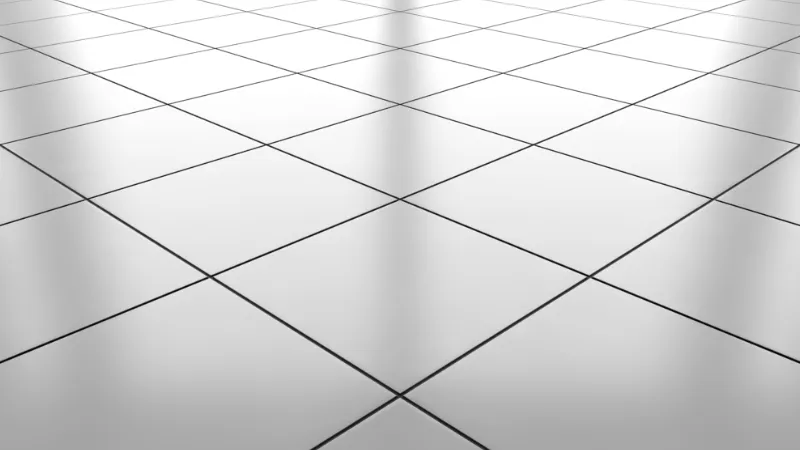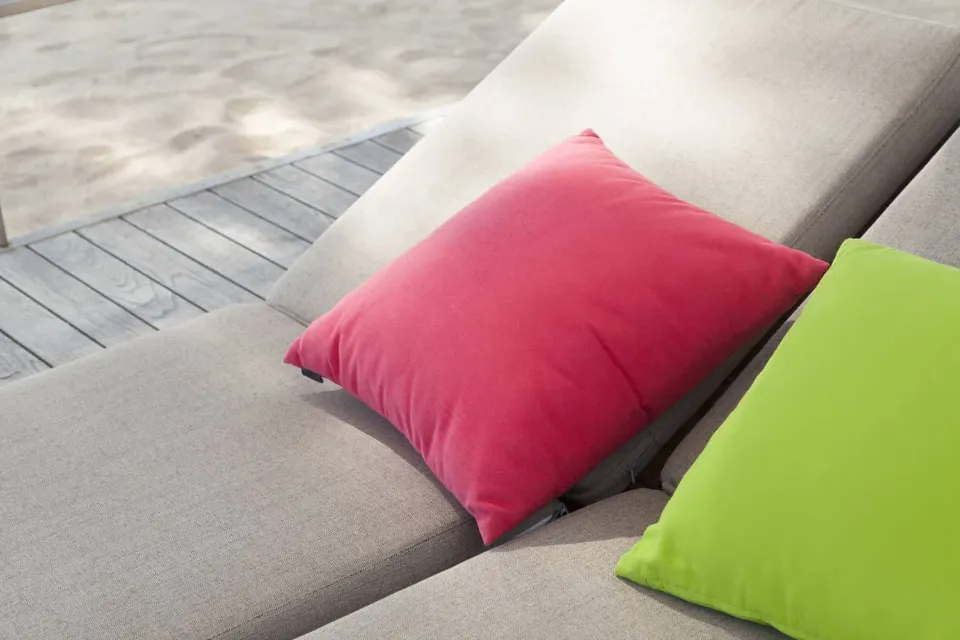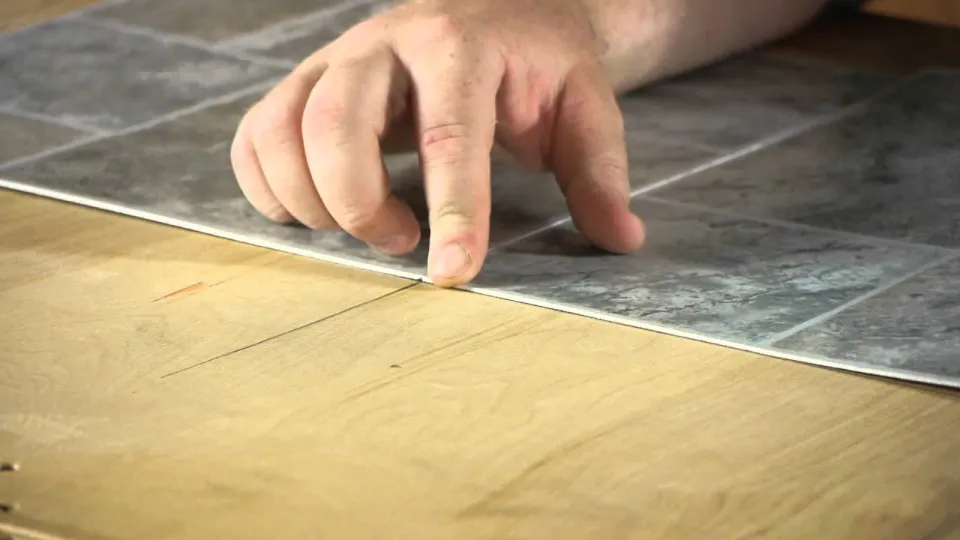To begin with, what is tile flooring? A step in the process involves selecting the appropriate shape, size, hardness, and style. When everything comes together, tile provides you with a lovely, long-lasting, and low-maintenance floor.
Tile flooring is any hard flooring that has been cut into tiles and has grout in the spaces between them. Ceramics, porcelain, or stone are the most common materials used to make tile flooring. Stone tiles are the most organic product with inherent beauty, and the type of stone used determines how strong they are. Porcelain tiles come in a wide variety of colors and patterns and are generally denser and more durable than non-ceramic tiles.
Please continue reading for more information.
What is Tile Flooring?
Tile flooring is a general term for any durable flooring made of tiles, where the spaces between the tiles have been filled with grout. Ceramic, a material derived from clay, is frequently used to create tile flooring. You will typically hear these tiles being called porcelain or non-porcelain (which is also known as, confusingly, “ceramic”), which refers to differences in composition.
Porcelain tiles are typically more dense and long-lasting than non-porcelain ones. Depending on the manufacturing process, ceramic tiles are available in a wide range of styles. The other popular variety of tile flooring is made of natural stone tiles. Granite, marble, and slate are just a few examples of the various types of quarried stone, each with unique properties and appearances of their own. Ceramic tiles are considerably less expensive than natural stone tiles.
Pros
Long-lasting and durable: When tile flooring is installed correctly, high-quality tiles can provide a timeless look for a home. Tiles can easily last more than 20 years with proper maintenance and are moderately resistant to permanent damage. To help you choose the tile that is best for your home, a rating system—from Class I to Class V—is employed. Although Class V is the most resilient type of tile, Class III or IV should be more than adequate for a home with typical foot traffic.
Water-resistant: In bathrooms, kitchens, and mudrooms, sealed tile is a fantastic flooring option because it is water-resistant. Look for tiles that are classified as semi-vitreous and vitreous because tiles are categorized based on how much water they absorb. Keep in mind that tiles and grout are not waterproof. For the best water resistance, your tile floor will need to be maintained.
Low-maintenance: Only a light cleaning is required on a daily basis to maintain tile flooring.
Cons
Expensive: Compared to other types of flooring like laminate, tile—especially high-quality or natural stone tile—is expensive to purchase and install.
Grout issues: Especially in areas with a lot of traffic, the grout between the tiles needs to be actively maintained. Since grout is made of cement, it is porous and susceptible to contamination from dirt and moisture. Things to watch out for include discoloration, crumbling, and mold. These can compromise a floor’s appearance and structural integrity, but regular grout cleaning and resealing will prevent serious issues.
Can be uncomfortable underfoot: Prepare yourself for some chilly feet once the weather turns chilly because tile floors are notorious for cooling down in the winter. Installing underfloor heating (also known as radiant heating) is a gamechanger if you want to keep your tile floors toasty and don’t fancy the feeling of frozen toes. This can be a pricey add-on, so brace your checkbook.
![What is Tile Flooring Pros & Cons [The Ultimate Guide]](https://www.myprimehome.com/wp-content/uploads/2023/02/Pros-and-Cons-of-Tile-Flooring-Tracy-Tesmer-DesignRemodeling.webp)
Types of Tile Flooring
Now that you are aware of what tile flooring is, let’s examine its varieties. As mentioned above, tile flooring can be made of various materials, including stone, clay, metal, quartz, and terrazzo. Different characteristics apply to each type of tile flooring. The two most popular kinds of flooring are made of natural stone and ceramic tile. If you’ve never looked into tiles before, you may be surprised at how many different types there are. Let’s examine every one of them.
Ceramic Flooring
Clay materials are extracted from quarries, prepared, and then molded to create ceramic tile. Dry press, extruded, and slush mold are common techniques for forming ceramic tile. Under intense pressure, a mixture of dry materials is pressed into a mold when using the dry press forming technique. When a mixture of slightly wet material is extruded into a mold, extruded ceramic tile is created. In the slush mold method, a mixture of very wet material is poured into a mold and then hardened at a very high temperature in a kiln.
Suggested reading: What color grout to use with gray tile? Overall, some colored grout contrasts with gray tiles: light gray, off white, taupe, brown, charcoal gray, cream, dark gray, and gray porcelain.
![What is Tile Flooring Pros & Cons [The Ultimate Guide]](https://www.myprimehome.com/wp-content/uploads/2023/02/Ceramic-Flooring-That-Can-Be-Installed-8-Times-Faster-Than-Conventional-Tiling-ArchDaily.webp)
Glass Tiles
Any project benefits from the clean, simple look that glass tiles add. In addition, glass has high stain-resistance properties, making it a good fit for people with children. Red wine stains can be easily removed without leaving any lasting marks, as can stains from other acidic foods like vinegar and lemon.
A potential disadvantage of glass tiles is that they chip quite easily along the edges. As a result, glass is not appropriate for high-traffic areas like kitchen and bathroom floors. Instead, use it in places like backsplashes and countertops, or even around a fireplace.
![What is Tile Flooring Pros & Cons [The Ultimate Guide]](https://www.myprimehome.com/wp-content/uploads/2023/02/Glass-tile-Wikipedia.webp)
Limestone Tile
Limestone tiles are an illustration of natural stone tile. If you want a traditional look with lots of natural tones, variations, and shades, limestone is the material to use. It is soft and durable, making it simple to shape and trim for different patterns and placements.
The fact that limestone tiles are porous must be kept in mind, though, when buying them. The tiles must be properly sealed if you want them to last a long time; otherwise, they will be simple to scratch, crack, and stain. Any outdoor space would benefit greatly from limestone’s beautiful appearance and variety of colors and sizes. Cleaning these tiles, though, might become difficult. As a result, you must use neutral pH cleaners and stay away from citrus and vinegar-based products.
![What is Tile Flooring? Pros & Cons [The Ultimate Guide]](https://www.myprimehome.com/wp-content/uploads/2023/02/Pietra-Anticata-Vallata-18th-Century-Aged-Italian-Limestone-Flooring-Historic-Decorative-Materials-a-division-of-Pave-Tile-Wood-amp-Stone-Inc..webp)
Porcelain Tile Flooring
Ceramic tiles are thought to be inferior to porcelain tiles for flooring. It is an all-purpose tile with a wide range of colors, patterns, and styles, providing flexibility in interior design. Porcelain tiles are popular because of their ability to mimic almost any surface, including brick, natural stone, and wood, as well as the fact that they require little to no maintenance.
Porcelain can be used almost anywhere, including backsplashes, kitchens, bathrooms, and high-traffic areas. It can also be used outside because it does not crack or fade.
![What is Tile Flooring Pros & Cons [The Ultimate Guide]](https://www.myprimehome.com/wp-content/uploads/2023/02/Porcelain-Floor-Tile-Pros-and-Cons.webp)
Subway Tiles
You might be wondering why they are called subway tiles. It is because they first appeared in the New York subway stations. They were created in 1904 to address the need for a low-maintenance, colorful, and distinctively installed decor, particularly in high traffic areas. The rectangular shape of subway tiles sets them apart from other tile materials that are available.
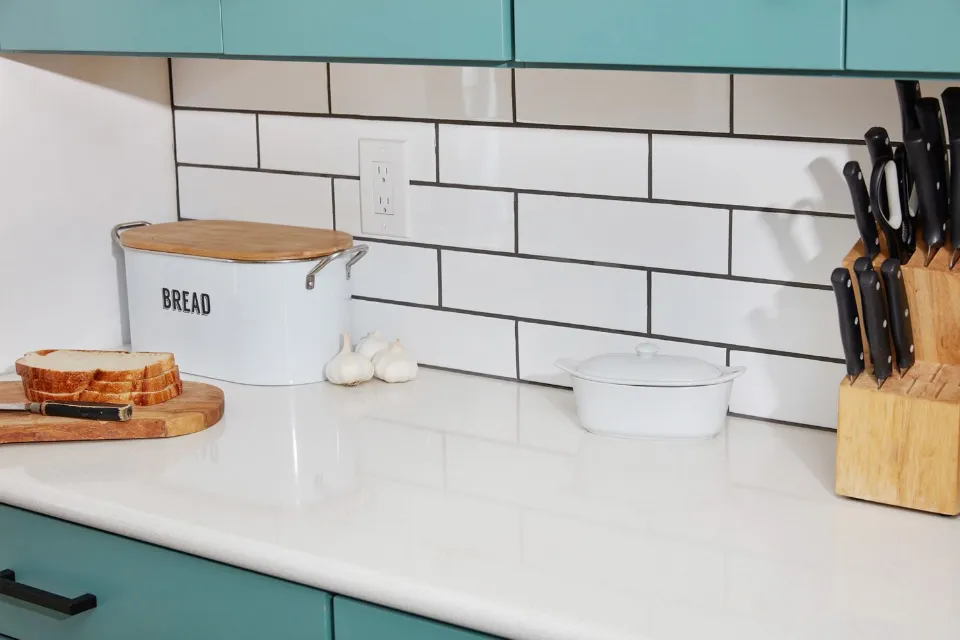
Way to Clean Tile Flooring
It’s time to familiarize yourself with the various methods for cleaning tile floors now that you are more knowledgeable about the tile options available for your home. Even though the majority of tiles, like those made of ceramic and porcelain, are incredibly durable, some varieties need particular care.
Clean Ceramic and Porcelain Tile
You can preserve the appearance of your ceramic or porcelain tiles by following a few easy cleaning guidelines.
To clean porcelain and ceramic tile, follow these easy steps:
- Vacuum or sweep your tile flooring regularly to keep them from becoming dull
- The best mop for tile floors is a chamoismop instead of a regular sponge mop as it does not leave marks on your floor
- While mopping, make sure that you change the water frequently
- At last, do not let your glazed tiles air-dry as it will leave water spots. Instead, dry them immediately with a clean, lint-free cloth
Clean Stone Tile
When cleaning stone tiles, you must exercise caution. Chemicals in conventional cleaners have the potential to erode the texture of your stone tiles. Use cleaners made specifically for natural stone as a result.
- Avoid using acidic cleaners (including ones with citrus or vinegar)
- Avoid using scouring powder-containing brushes or mops with stiff bristles to prevent scratches.
Is Tile Flooring Safe?
In addition, tile floors are naturally low in toxic materials and often have low to no volatile organic compounds (VOCs). Though it tends to be more expensive than carpeting or vinyl flooring, ceramic tiles are far more durable and have very long lifetimes.
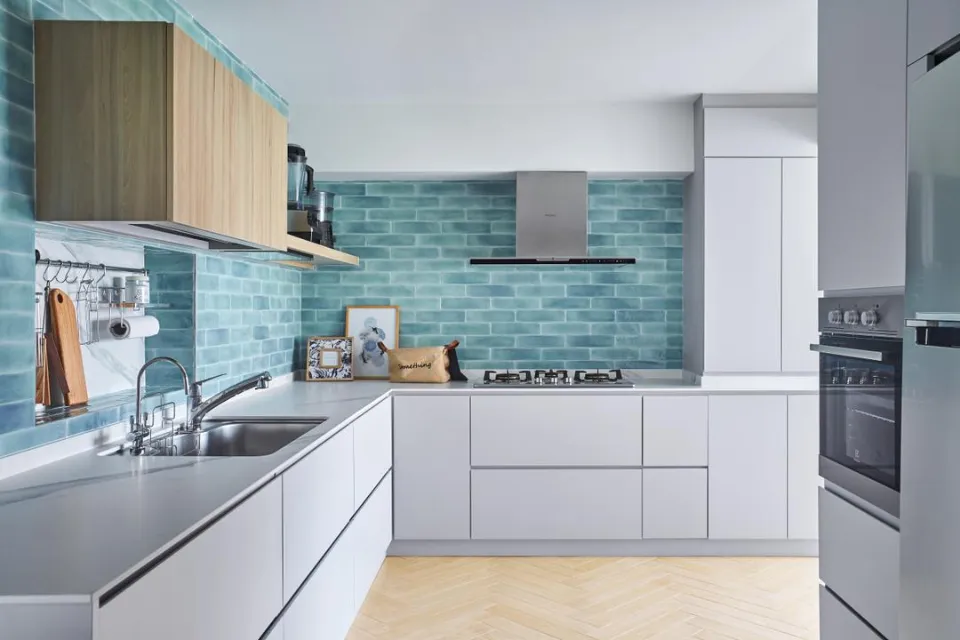
FAQs
What is Tile Flooring Made Of?
Tile flooring is frequently made of stone, ceramic, or porcelain (glazed ceramic). Stone tiles are the most natural product with inherent beauty and their strength depends on the type of stone used.
How Long Will Tile Flooring Last?
A properly maintained tile floor can easily last 20 years or more. In fact, a tile floor may last more than 50 years if the tiles are not irreparably damaged in any way.
Is Tile Flooring Expensive?
Cost varies, and you’ll find tiles priced anywhere from $1 to $20 per square foot. Most homeowners choose glazed ceramic tile in the $2 to $4 per square foot price range because it is tough and long-lasting.
What’s the Difference Between Flooring and Tiles?
To withstand foot traffic, appliances, furniture, etc., floor tiles are thicker and harder to maintain their integrity. And to lessen the chance of slipping, most have added texture. Wall tiles are typically smoother, thinner, and more delicate. Wall tile is not advised for use underfoot because it is much slicker when it is wet.
Summary: What is Tile Flooring?
For a timeless and classic look for your home with lots of design versatility and an easy-to-maintain aesthetic, tile flooring is likely the right choice. Tile continues to be one of the best options for areas with high traffic because it adds elegance without any of the hassles associated with wood flooring or the artificiality of synthetic flooring.
If you have any questions, please leave a comment. My Prime Home tries to give you the best home improvement information. Don’t forget to share the post. Thank you for reading.
Read about
